Orchestral Playing -- DEO + SMCO
 Thursday, February 7, 2019 at 5:38PM
Thursday, February 7, 2019 at 5:38PM  I have just completed a full week of rehearsals, recording sessions and performances with the Deep Energy Orchestra (DEO) and the Seattle Metropolitan Chamber Orchestra (SMCO.)
I have just completed a full week of rehearsals, recording sessions and performances with the Deep Energy Orchestra (DEO) and the Seattle Metropolitan Chamber Orchestra (SMCO.)
I have been involved in this project since the first sessions a year and a half ago. The original live recording sessions were part of a grant by the Jack Straw Cultural Center here in Seattle. I hadn’t met any of the players, except Jason, when I showed up for our single afternoon of rehearsal before the two evenings of recording. These recordings ended up on the release Playing With Fire which went out on my own record label 7d Media.
Moving forward to last week (Feb 2019). Our small orchestra of eight has expanded to nine with the addition of guitarist Fareed Haque. And we have combined with the Seattle Municipal Chamber Orchestra, led by conductor Geoffrey Larson. This was my first time ever playing with an orchestra.
- - -
This brought us up to 25 players. The sixteen from the Chamber Orchestra had a ton of work to do for these shows. Not just in terms of sight reading the pieces, but also in order to get inside the Indian rhythms that much of this music is built on. Short story: they rocked in. Longer story to follow.
From our side of the fence, the nine of us had to deal with a whole new universe: a Conductor! This would be my first time following a conductor, since I failed miserably at the task in a percussion class back in college several decades ago. We also had to deal with the orchestral instruments being entirely acoustic, whereas we were nearly all electric with serious amplification at our disposal.
 Chaz, Doc & Radhika
Chaz, Doc & Radhika
The first rehearsal went OK. At least for me. I suspect Geoffrey found himself with small amounts of anxiety, packed with large doses of terror.
The DEO side of the room (my side) wasn’t always so sure what it meant when the baton went down for a downbeat. The reasons for this were complicated. In one way, we were so unaccustomed to the concept. Normally, we would each feel the time within ourselves and play accordingly. And failing that, we would lean on whoever seemed to be leading the troops. Which, as far as I am concerned, was generally Chaz our tabla player. When in doubt I leaned on Chaz. But here we needed to be leaning on Geoffrey. Which would best insure that the entire group held together rhythmically and phrase-wise. However, taking a visual cue for rhythmic precision was new to all of us.
Then you add in the rhythmic complexity and the ways of interpreting the rhythms. Geoffrey wasn’t always dividing up the time the way we were. He had to organize the rhythms in a way that would translate to the orchestral players. Where we, generally, organized based on the under-architecture of the Indian tradition. And, keep in mind that even within our group of nine we weren’t always in agreement between ourselves how best to count and feel the time!
Jason’s piece “The Return” is a great example. There are so many ways to organize the rhythms. I feel the piece according to how Selvaganesh first showed me. (Selva played with John McLaughlin and his father was one of the percussionists in Shakti. He was our original percussionist for the record, but he couldn’t make these performances.) This piece is based in 15/8 and Selva sings the rhythm as three bars of 4/4 followed by a bar of 6/8 (12+3=15 quarter notes). This whole rhythmic chunk is repeated with the melodies flowing over the top in a variety of phrases. However, this is only one way of organizing it. Here are two based on the same system. One from how the percussion feels it, and a second for how the melodic line feels it.
In past performances Radhika (7-string Indian violinist) and I played the melody over Jason’s groove in 15. However, with the orchestra, we would now have the strings and horns doubling our melody. Which meant, now, we ALL had to be following Geoffrey. Because he was telegraphing the feel to the orchestra – which wasn’t exactly the same feel we were accustomed to. It’s not far from where we were feeling it on the curry-side of the room. However, the baton movement seemed to land not where I was expecting it. And yet, it worked. And got tighter as we moved throw the week.

So, we all had to make some serious adjustments. Very exciting. Especially for me being, basically, in the middle of the whole orchestra and hearing everyone’s version of how they felt it all at once.
- - -
 One key thing I got out of being with this orchestra was experiencing how Geoffrey led the rehearsals and worked the orchestra. This was a complete eye-opener for me as a rock musician. Yes, I’ve played with some heavy musicians rehearsing some super complex music, but I’ve never been in a rehearsals quite like these.
One key thing I got out of being with this orchestra was experiencing how Geoffrey led the rehearsals and worked the orchestra. This was a complete eye-opener for me as a rock musician. Yes, I’ve played with some heavy musicians rehearsing some super complex music, but I’ve never been in a rehearsals quite like these.
Firstly, Geoffrey would tweak the orchestra and the articulations far more than I had been expecting. Not just how they feel and articulate the time – which happened a ton. But he would also change their articulations based on the room we were in. For example, at the soundchecks he would often change some of the string’s sharp rhythmic bowing to be even sharper and super-staccato. This was to help with dealing with how much natural reverb was in the room. Basically, he was saying: “forget what the score says right here, lets play it like this.” He also had the trumpet pull out the mute when the instrument wasn’t carrying strongly enough in a section.
Secondly, how we rehearsed a problem section was completely unlike the rock world. In the rock world, either folks don’t hit individual sections at all, or they repeat a trouble section over and over again until it is embedded properly in everyone’s bodies. Not here with Geoffrey. He would tweak the problem area until it was played right only once. Then he would say “Yes. Play it like that.” It would never get run a second time. It was up to the players to perfect the delivery if they were having challenges with it. It was NOT down to the group rehearsing something over and over again for an individual to get correct!
 Radhika and Bryan
Radhika and Bryan
Another huge surprise for me was the upright bass. This orchestra only had one upright bassist (Bryan Kolk). He was, without doubt, a very talented player and listener. But what was a constant wonder for me during this week was how huge that one bass projected amidst all the sound we were producing. That single, lone bass sat underneath the orchestra like a giant river of chocolate pudding. You could feel and hear the entire group sit on top of his sound. It seemed physically impossible that this one instrument could produce so much sound and have such a gluing effect. But it did. This was new to me, so I have no idea if this is the norm or if Bryan is some kind of Goblin King of Low End. Either way, it was beautiful.
Guitarist Fareed Haque was the latest edition to our side of the room. A real treat to all of our ears. The best description of his contribution came from one audient after our last performance on Vashon Island: “Listening to him play, I immediately realized that when I had heard guitarists in the past, they were only pretending to do what he actually can do.”
Trey and Fareed solo on Moksha
The other addition to these performances was Swagata Biswas. Swagata is an Indian dancer who lives in NYC. And Jason invited her into these performances. It turns out she already had choreography to one of the pieces. “Tarana” by Ravi Shankar.
I’ll admit I was nervous the first time she joined us. And this was because the jingles on her ankles were loud enough to throw off the entire orchestra if she was even slightly out of time. But, I had no reason to fear. She jingled along perfectly in time. And the timings in this piece are super challenging. It was a genuine treat to have her contribution to the show.
The repertoire was partly taken from some of the DEO material we have performed in the past (all composed by Jason) and then some newer pieces arranged by Geoffrey. The theme of the concerts was “From Spain to India.” So, in addition to the newer pieces by Ravi Shankar (“Tarana”) and Anoushka Shankar (“Voice Of The Moon”), we had two pieces from the Spainish world – “El Amor Brujo” by Manuel de Falla and “Zyryab” by Paco de Lucia.
“Zyrab” featured Fareed on Spanish guitar and is a striking piece. While an occasional fan of Paco, I hadn’t heard this one before.
 Fareed, Trey & Jason
Fareed, Trey & Jason
Amidst the rehearsals and putting on two performances, we also squeezed in two days of recording at Moscozzi Studios. Run by my Security Project guitarist/pal and exquisite engineer Michael Cozzi, this studio is one of my favorites. A smallish space, but roomy enough for all nine of the core band to play together and hear each other very well.
We tracked about 40 minutes of material. We will update everyone when this production gets closer.
- - -
The Sunday afternoon show on Vashon Island was the wrap-up to week. Just as snow began tumbling down.
 Left to Right: Aleida Gehrels, Chaz Hastings, Geoffrey Larson, Rachel Nesvig, Jason Everett, Eric Smith (Doc), Swagata Biswas, Phil Hirschi, Fareed Haque, Trey Gunn, Radhika Iyer
Left to Right: Aleida Gehrels, Chaz Hastings, Geoffrey Larson, Rachel Nesvig, Jason Everett, Eric Smith (Doc), Swagata Biswas, Phil Hirschi, Fareed Haque, Trey Gunn, Radhika Iyer
All photos by Swagata Biswas
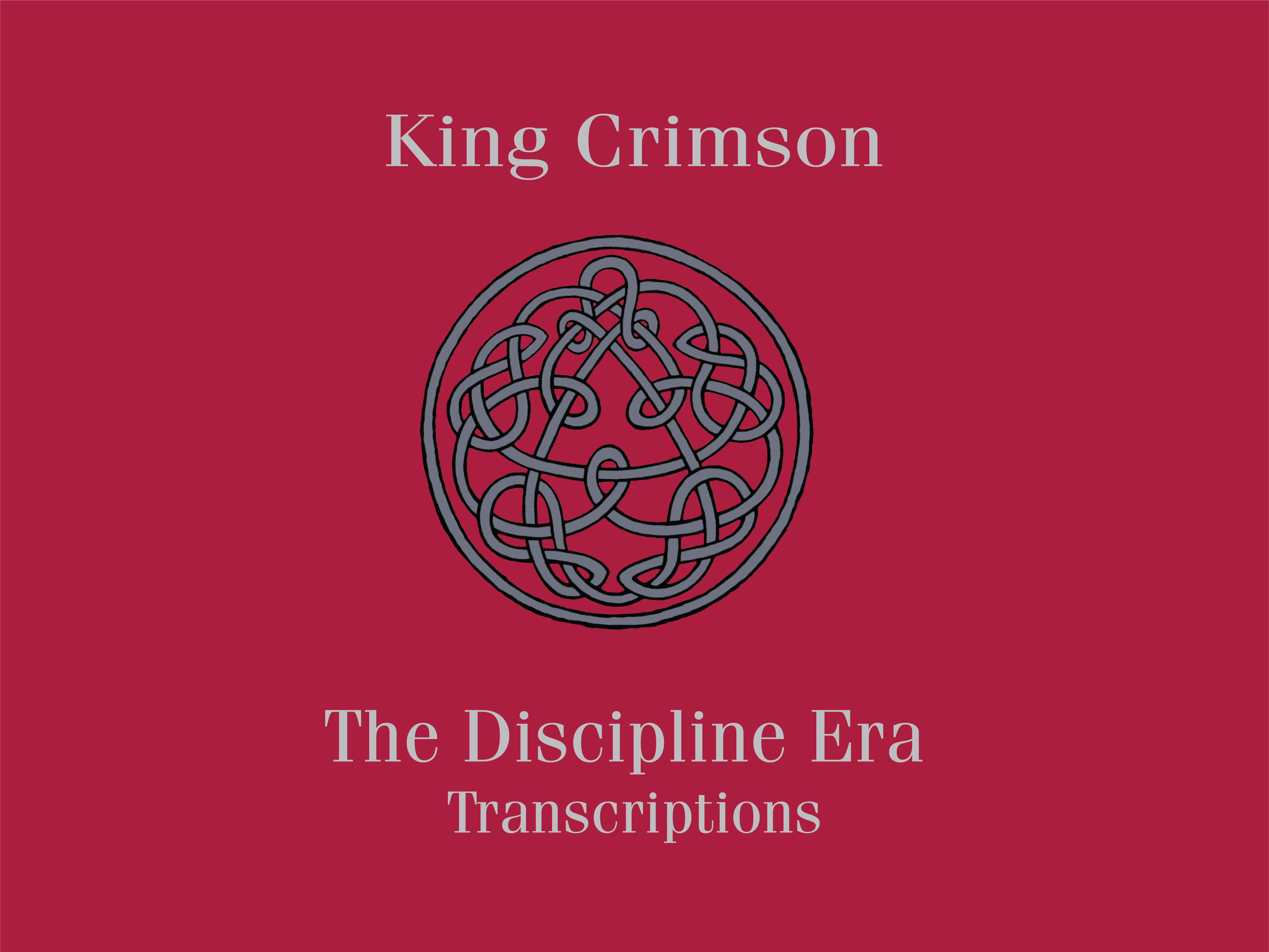
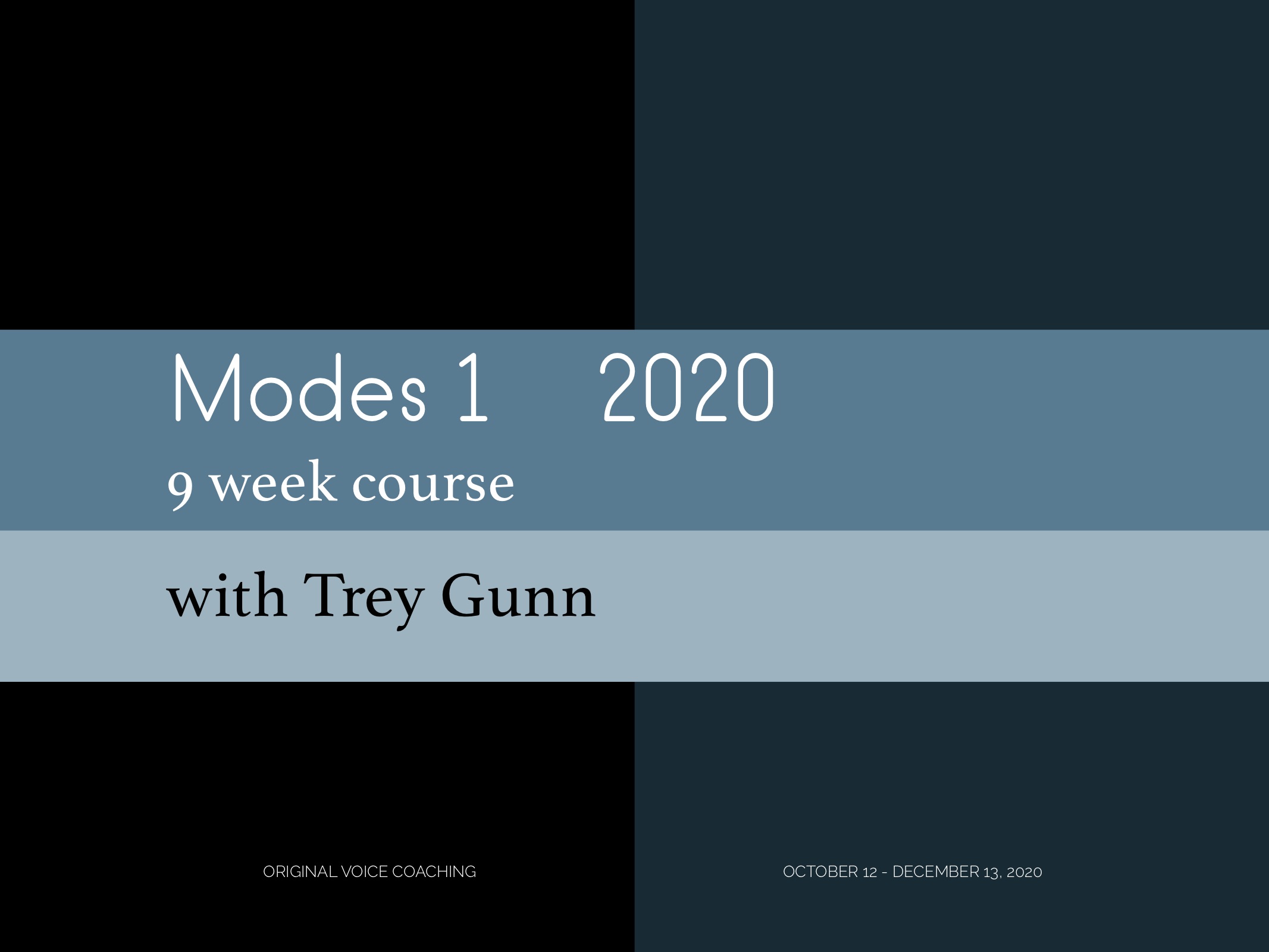
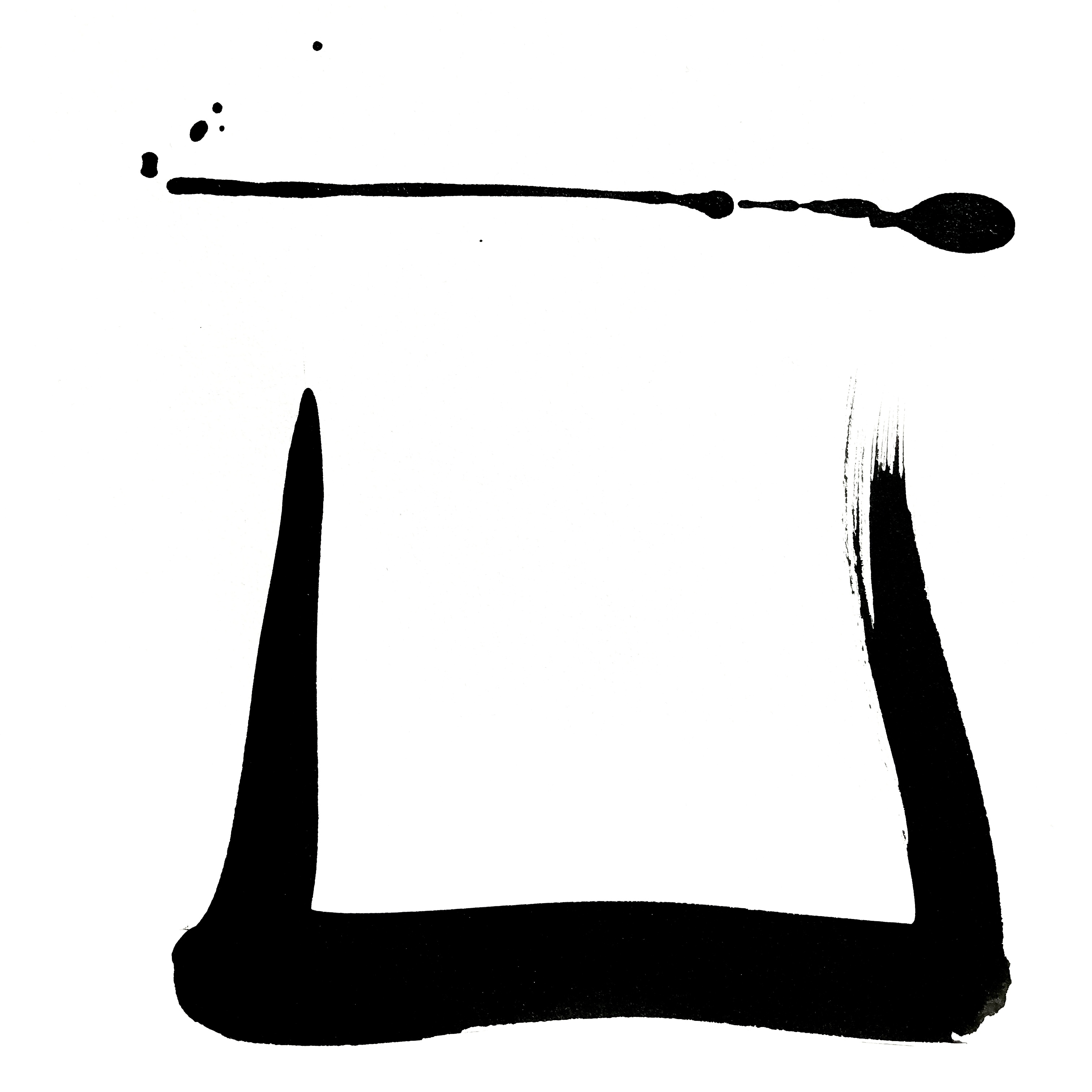
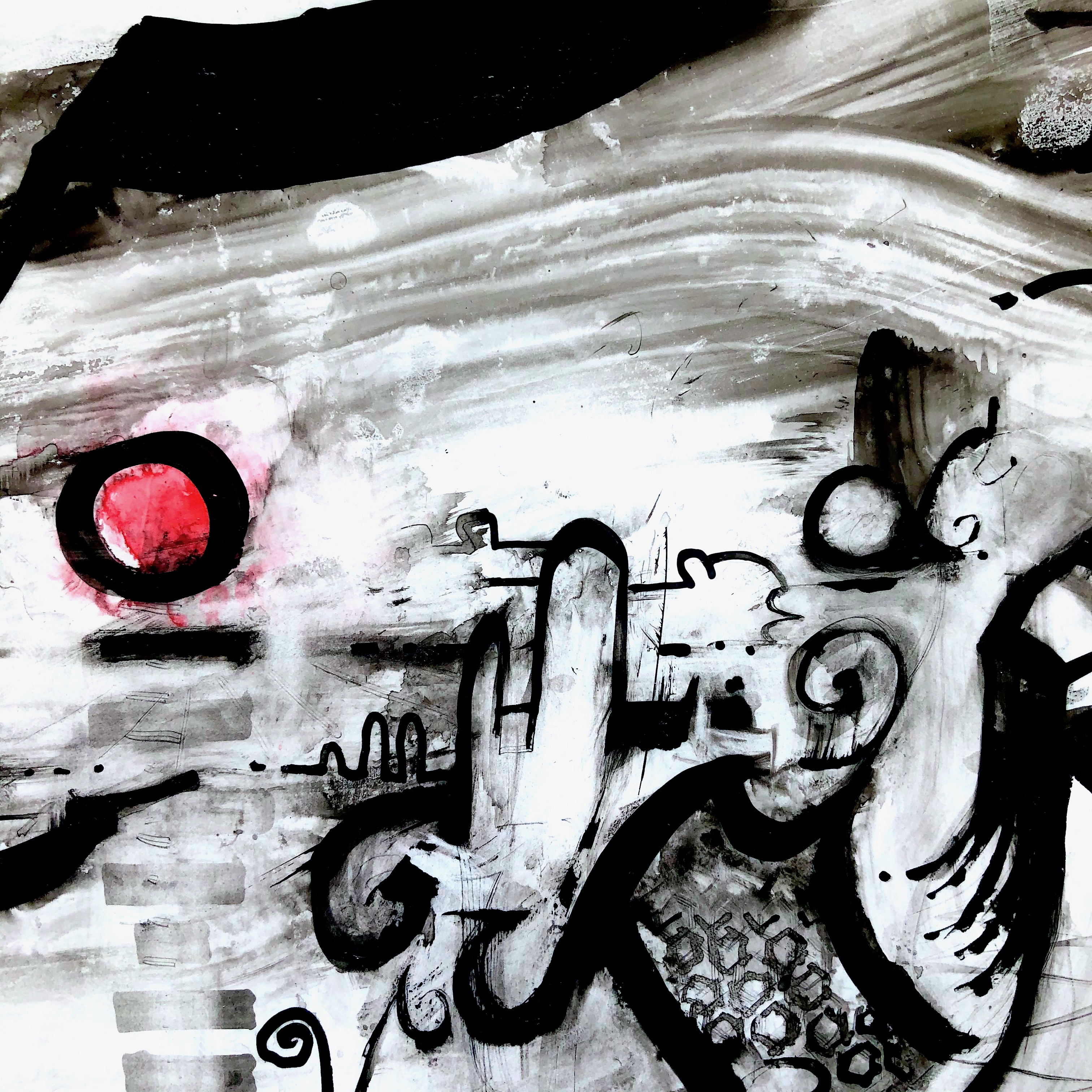
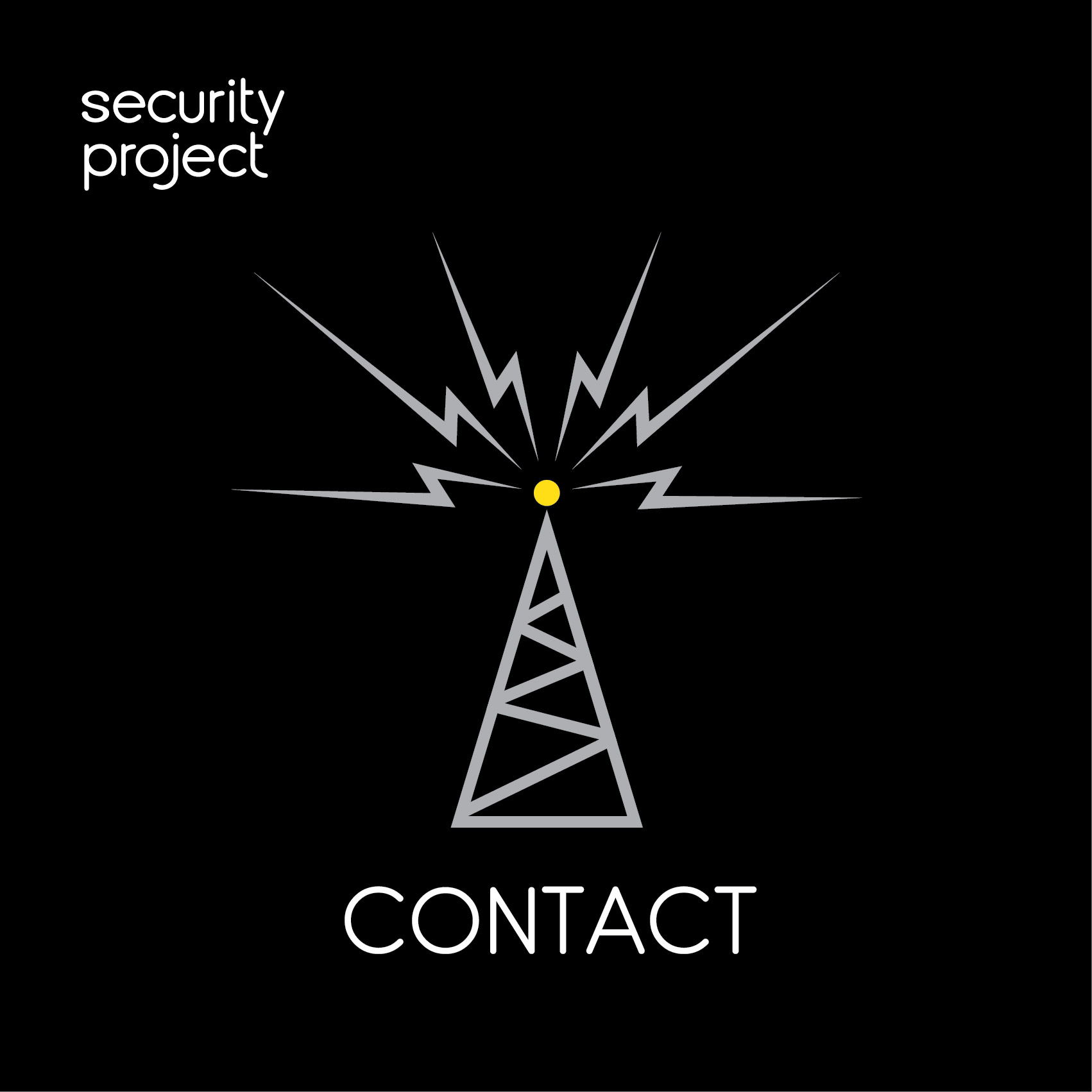
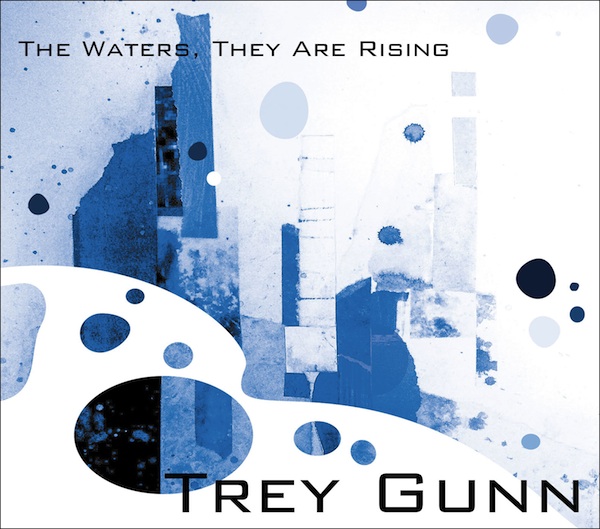
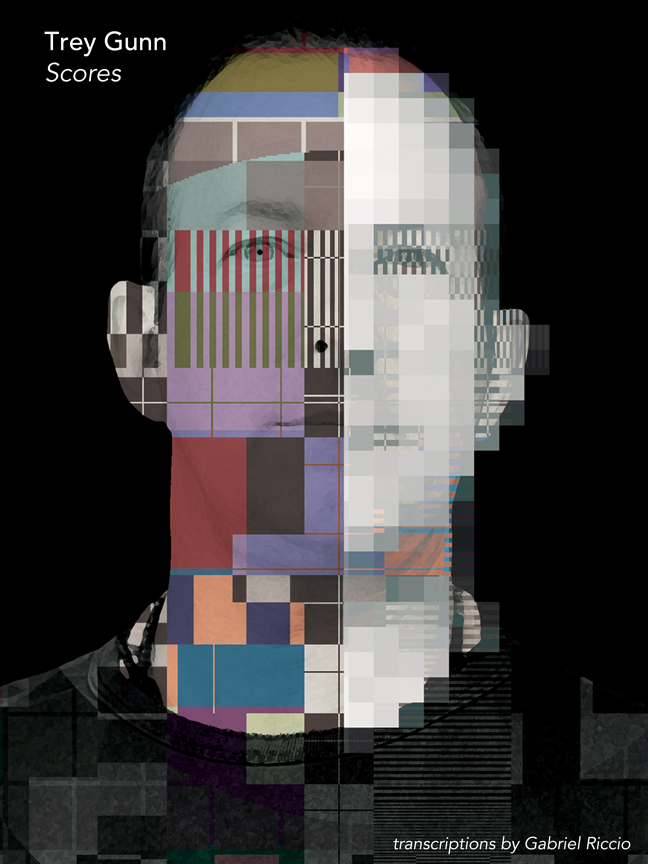
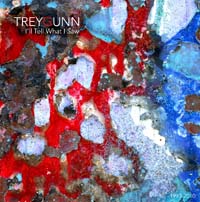
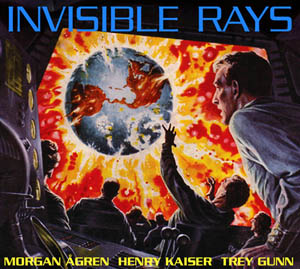
Reader Comments